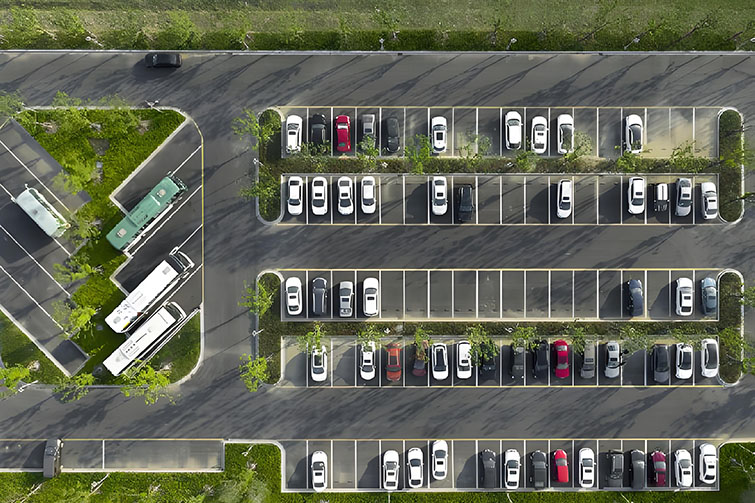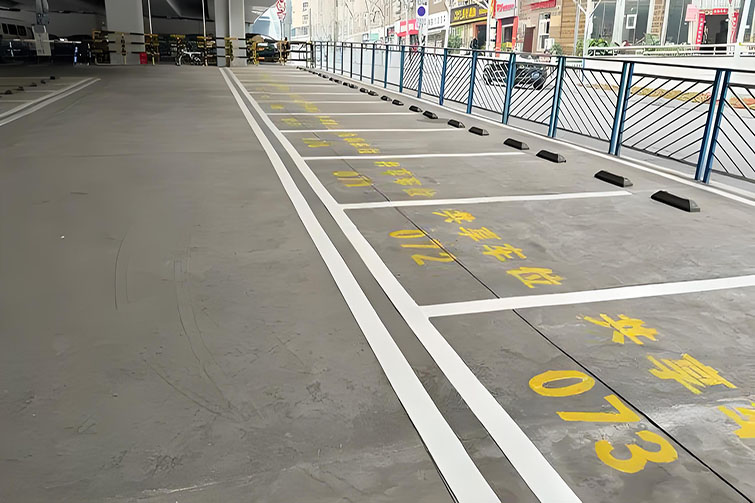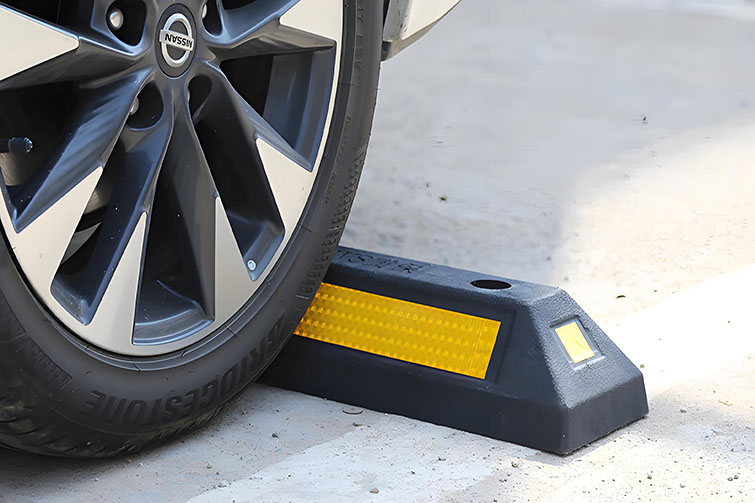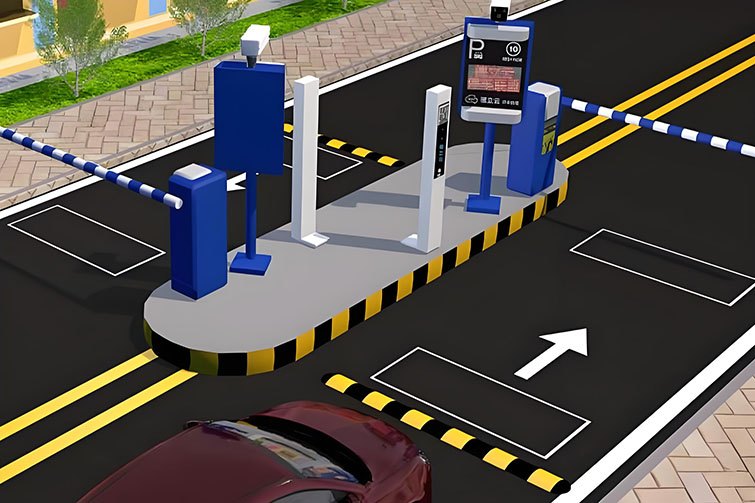

How to Calculate Parking Ratio to Maximize Space Efficiency
The parking ratio is typically expressed as a figure like 4:1000, which means four parking spaces are provided for every 1,000 square feet of usable floor area. This metric helps planners and developers understand the amount of parking necessary to accommodate the needs of a building and its occupants.

Using Tools to Calculate Parking Ratios:
- Parking Lot Calculator: This tool helps estimate the number of parking spaces needed based on the total area of the development and the expected usage rate.
- Parking Space Calculator: This calculator takes into account the dimensions of each parking space, including length and width, which is critical for designing layouts that optimize space usage.
Types of Parking Spaces:
Different types of parking spaces can affect how ratios are calculated:
- Standard Parking Spaces: Typically measure about 9x18 feet and are suited for most vehicles.
- Compact Parking Spaces: Smaller in size, these are often about 7.5x15 feet and can increase the number of spaces available in a given area, though they may not be suitable for all types of vehicles.
Calculating Parking Ratio with Examples:
Let’s consider a scenario where a new office building needs a parking ratio calculated. If the building has 100,000 square feet of usable space and the standard required by local law is 4 spaces per 1,000 square feet, the building would require 400 parking spaces. Using a parking lot calculator, we can adjust for expected vehicle size and turnover to optimize space usage and meet legal requirements.
Strategies to Maximize Parking Space Efficiency:
- Mixing Parking Types: Incorporating a mix of standard and compact spaces can maximize space without sacrificing accessibility.
- Tiered Parking Ratios: Adjusting ratios based on peak and off-peak hours or tenant-specific needs can make parking more efficient.
- Implementing Smart Parking Solutions: Technology like sensor-based systems can help manage the utilization rates of parking spaces more effectively.
Conclusion:
Calculating an accurate parking ratio is fundamental to the success of any property development project. By effectively using parking lot and space calculators, and considering various types of parking spaces, developers can optimize space efficiency and meet both regulatory requirements and user needs. This strategic approach ensures that parking facilities are a benefit, not a burden, to development.








